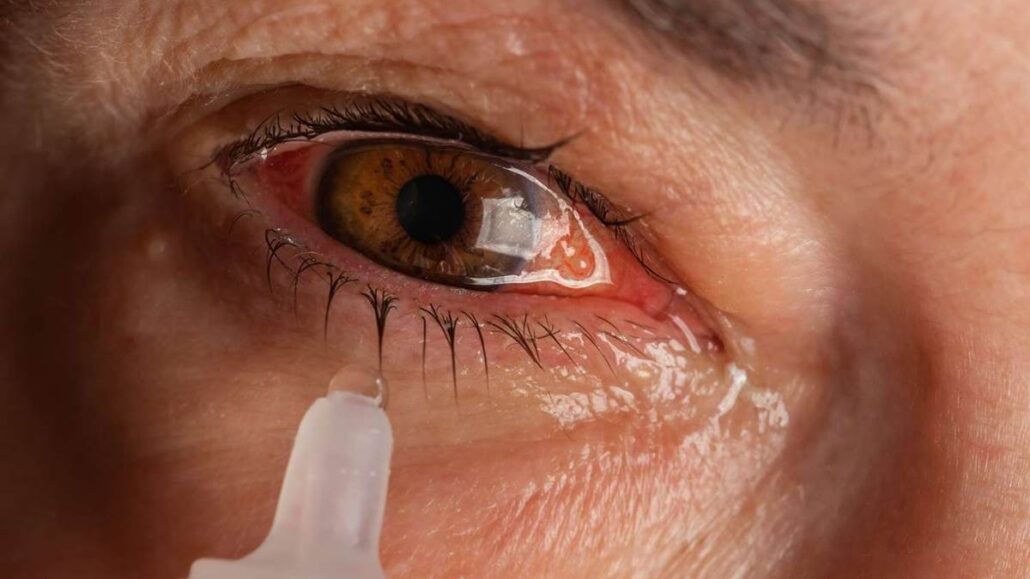
The hospitals in Jammu and Kashmir are witnessing dozens of patients complaining of irritation, redness, swelling and itching in their eyes.
The doctors from both Kashmir and Jammu divisions told the news agency—Kashmir News Observer (KNO) that more cases of conjunctivitis, popularly known as eye flu, are on the rise. They, however, said there is no need to worry as it goes in around one to two weeks for whoever gets affected.
The people need to take precautions, they added.
Director Health Services Jammu Dr Rajeev Kumar Sharma told KNO that 9,127 cases of conjunctivitis were reported in hospitals coming under the control of the Directorate.
Spokesperson of the Directorate of Health Services Kashmir Dr Mir Mushtaq said that so far, 5,320 cases of ‘Eye Flu’ have been reported in the hospitals in the Kashmir division coming under the DHSK’s control.
Giving details of the cases, he said 781 were reported from Anantnag, 15 from Bandipora, 999 from Baramulla, 351 from Budgam, 287 from Ganderbal, 164 from Kulgam, 412 from Kupwara, 924 from Pulwama, 601 from Shopian and 786 from Srinagar.
The officials said that cases are more, as the data doesn’t include the cases reported in Government Medical Colleges of both divisions. Almost in every hospital, every day around 20 to 30 cases of ‘Eye Flu’ are being seen in OPDs.
The DHSK recently issued an advisory to control the spread of the condition where they put emphasis on maintaining optimal hygiene and frequent hand washing with soap and water for at least 20 seconds, particularly after touching the face or contaminated surfaces.
In situations where soap and water aren’t available, opt for hand sanitiser containing at least 60 percent alcohol, the advisory states.
The advisory mentions, “Avoid touching the eyes to prevent germ transfer. Steer clear of infected individuals as conjunctivitis is highly contagious, refrain from sharing personal items and ensure surfaces prone to virus contact are regularly disinfected, consider wearing eye protection when in close proximity to infected individuals, employ respiratory etiquette by covering the mouth and nose when coughing or sneezing, and dispose of tissues properly.”
It called for preventing eye rubbing to curb the spread of the virus. “Stay home if infected and seek guidance from a healthcare professional before resuming activities. Adhere to contact lens guidelines, replace lenses and cases regularly, and maintain cleanliness in shared environments, and avoid swimming pools to prevent further transmission,” the advisory stated.
The doctors said it is a “self-limiting infection” and each individual’s immunity will have a role to play in the course of the disease.
The monsoon’s humid and damp conditions provide an ideal breeding ground for viruses or bacteria responsible for these infections to spread rapidly, they said. “This flu can infect any person of any age group and to stop the spread of the infection; touching of eyes should be avoided, especially unwashed hands,” they added.
They said that symptoms of this flu are watery discharge in the eyes, redness, congestion, photophobia and hemorrhages in the superficial layer of the eye.
In most cases, eye flu is not dangerous and can be easily treated with proper care, the doctors said, adding that there are over-the-counter available eye drops and anti-bacterial medications that can be taken with appropriate dosage for eye flu treatment.
However, if left untreated, severe cases of bacterial conjunctivitis may lead to complications that can affect vision, they said—(KNO)




